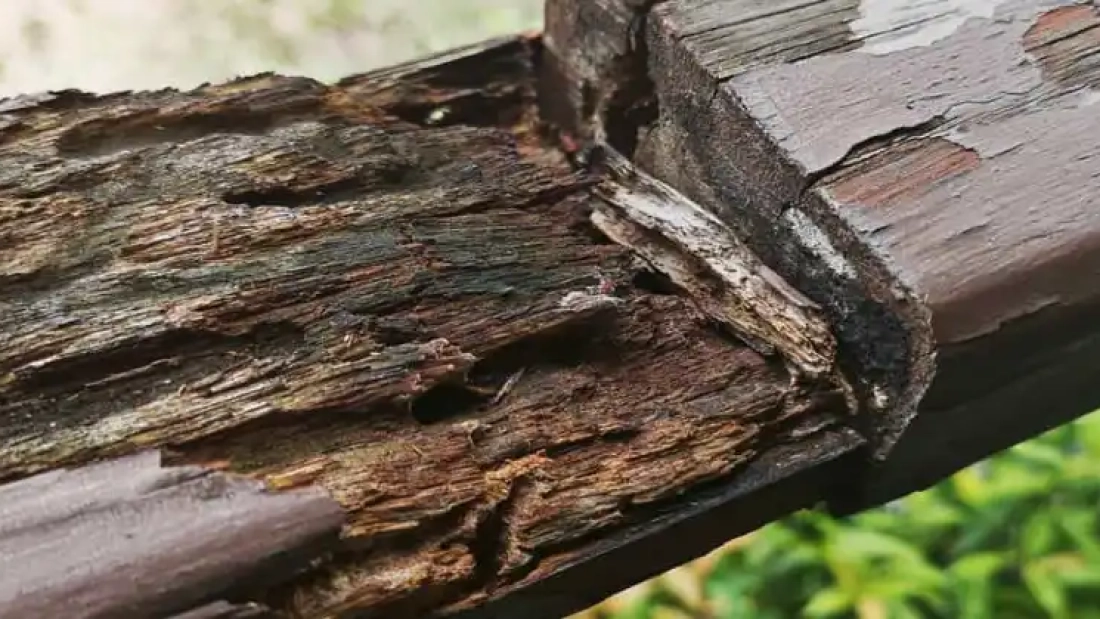Yes, wood rot can spread if the conditions that promote fungal growth and decay are present. Wood rot is caused by certain types of fungi that thrive in moist, damp environments and feed on the cellulose and lignin in wood. When wood is exposed to prolonged moisture and lacks adequate ventilation, it becomes susceptible to fungal colonization and decay.
Wood rot can spread in several ways:
- Direct Contact: Fungi can spread from infected wood to adjacent healthy wood through direct contact. This can occur when fungal spores or mycelium (the vegetative part of the fungus) come into contact with untreated wood surfaces.
- Moisture Transfer: Moisture is a critical factor in the growth and spread of wood rot fungi. If water is allowed to penetrate into the wood or accumulate on its surface, it creates ideal conditions for fungal growth. Water can also carry fungal spores from one area to another, facilitating the spread of rot.
- Capillary Action: Wood fibers have a natural tendency to absorb moisture through capillary action, which can transport water and fungal spores deep into the interior of the wood. Once inside, the fungi can colonize and spread throughout the wood, leading to widespread decay.
- Adjacent Materials: Fungal spores can also spread to nearby materials, such as drywall, insulation, or other organic matter, if they come into contact with infected wood. This can occur if wood rot is not properly contained and remediated, allowing the fungi to proliferate and spread to surrounding materials.
- Structural Components: In structural applications, wood rot can compromise the integrity of load-bearing components such as joists, beams, and studs. If left untreated, rot can weaken these structural elements and pose safety hazards to buildings and occupants.
To prevent the spread of wood rot, it’s essential to address underlying moisture issues and provide adequate ventilation to keep wood surfaces dry. This may involve repairing leaks, improving drainage, sealing cracks and gaps, and ensuring proper airflow around wooden structures. Additionally, treating wood with fungicidal preservatives can help protect against fungal decay and inhibit the spread of rot. Regular inspection and maintenance of wood structures are also important to detect and address signs of rot before it spreads and causes extensive damage.


Add a Comment